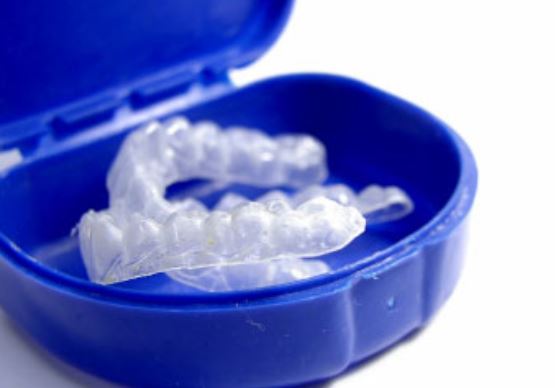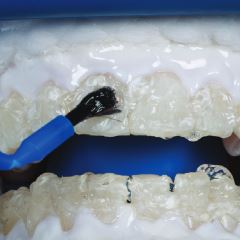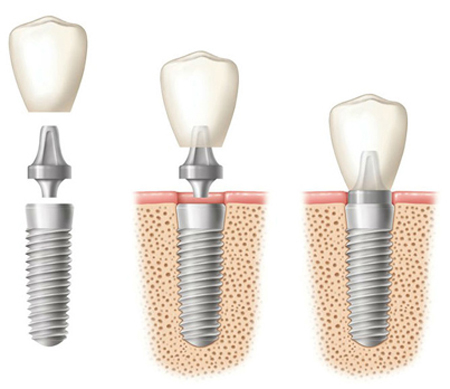Hi. Why aren’t whitening strips working for tetracycline stains on my teeth? I have been using teeth whitening strips for 6 months, and they have done nothing for my teeth. I have tetracycline stains on my teeth, so I expected it would take a little longer, but the strips have made no difference. Does it matter which brand I use, or must I buy whitening from a dentist? I feel like I’ve wasted so much time and money without improvement. Thanks. Kyndal
Kyndal– Tetracycline stains are intrinsic to the teeth and are very difficult, and sometimes impossible, to remove. Over-the-counter whitening strips won’t budge the stains.
Even professional teeth whitening from a dentist will result in limited improvement—if any–for tetracycline stains. However, a skilled cosmetic dentist can use porcelain veneers to hide the stains without making your teeth look pasty or opaque. Veneers are custom-crafted porcelain shells that fit over the fronts of your teeth. Veneers restore the teeth that show when you smile, but they are unsuitable for back teeth.
A cosmetic dentist can manipulate the porcelain to hide tetracycline stains, making the veneers look completely natural. The dentist will bond the veneers to your teeth for a solution lasting eight to ten years—even longer.
Schedule consultations with at least two cosmetic dentists to discuss your options for concealing the stains in your teeth.
Dr. Miranda Lacy, a Plano, Texas dentist, sponsors this post.






